Table of Contents
Paprika, a staple in many cuisines around the world, is more than just a colorful spice—it's a flavor enhancer with a rich history. Made from ground red peppers, it comes in different varieties, each with its own unique characteristics. Among these, smoked paprika and regular paprika are two of the most popular types, and understanding the difference between them can elevate your cooking game.
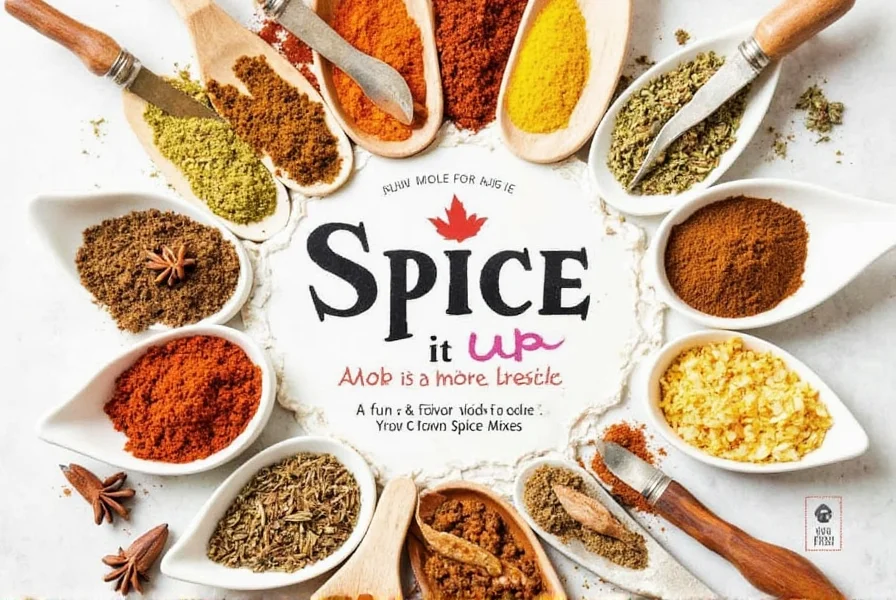
Whether you're an amateur cook looking to experiment or a professional chef aiming for perfection, knowing when to use smoked versus regular paprika can make all the difference. In this article, we'll break down the key differences, explore their uses, and give you a detailed buying guide to help you choose the best option for your needs.
What is Smoked Paprika?
Smoked paprika, also known as pimentón de la Vera in Spain, is made by drying and grinding red peppers over an open flame, which gives it that signature smoky flavor. This process not only adds depth but also enhances the natural sweetness of the pepper.
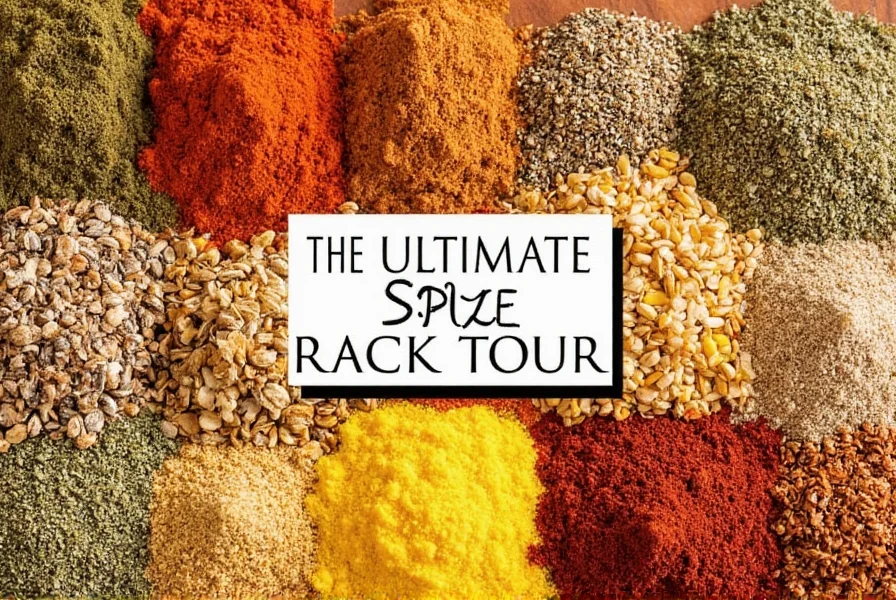
It's commonly used in Spanish and Hungarian cuisines, especially in dishes like chorizo, paella, and goulash. The smokiness pairs well with meats, stews, and even roasted vegetables. Some versions of smoked paprika are milder, while others are more intense—so it's important to check the label if you're looking for a specific heat level.
One thing to note: not all smoked paprika is created equal. The type of wood used during the smoking process (like oak or applewood) can influence the final flavor profile. For example, Spanish smoked paprika tends to be sweeter and less spicy, while Hungarian versions might have a stronger, more pungent flavor.
What is Regular Paprika?
Regular paprika, sometimes called sweet paprika, is made from dried red peppers that are ground without being smoked. It has a mild, slightly sweet flavor and is often used to add color and a gentle warmth to dishes.
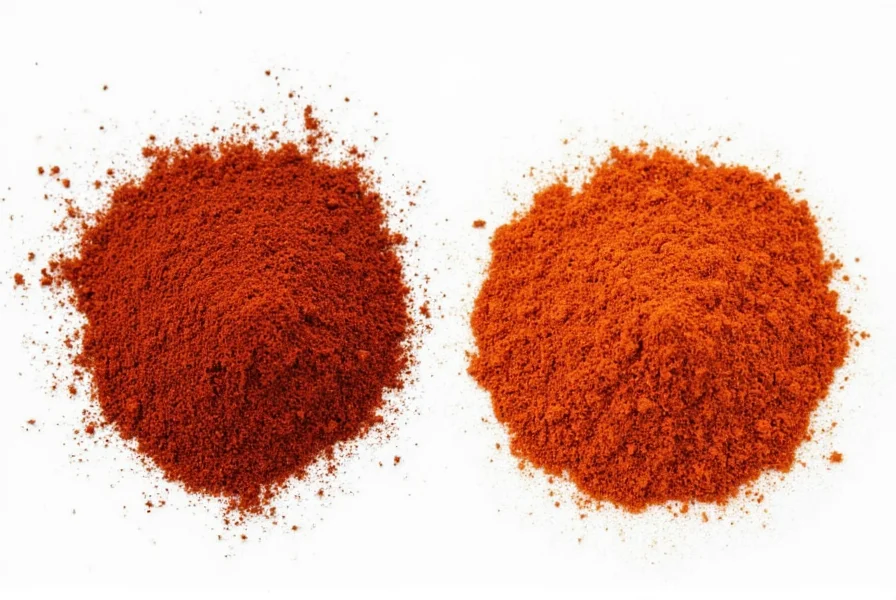
This variety is a staple in many European and American kitchens. It's commonly found in seasoning blends, such as cumin and paprika for chili, or in deviled eggs and potato salad. It's also used in some traditional dishes like jambalaya and spicy sausages.
Unlike smoked paprika, regular paprika doesn't have that deep, smoky aroma. It's more about subtlety and balance. If you want to enhance the color of your dish without adding much heat, regular paprika is the way to go.
Smoked vs Regular Paprika: A Side-by-Side Comparison
| Feature | Smoked Paprika | Regular Paprika |
|---|---|---|
| Flavor | Smoky, rich, slightly sweet | Mild, slightly sweet, less intense |
| Heat Level | Varies (mild to hot) | Usually mild |
| Color | Darker, more vibrant | Lighter, more orange-red |
| Best Used With | Meats, stews, grilled vegetables | Soups, sauces, baked goods |
| Origin | Spain, Hungary | Europe, Americas |
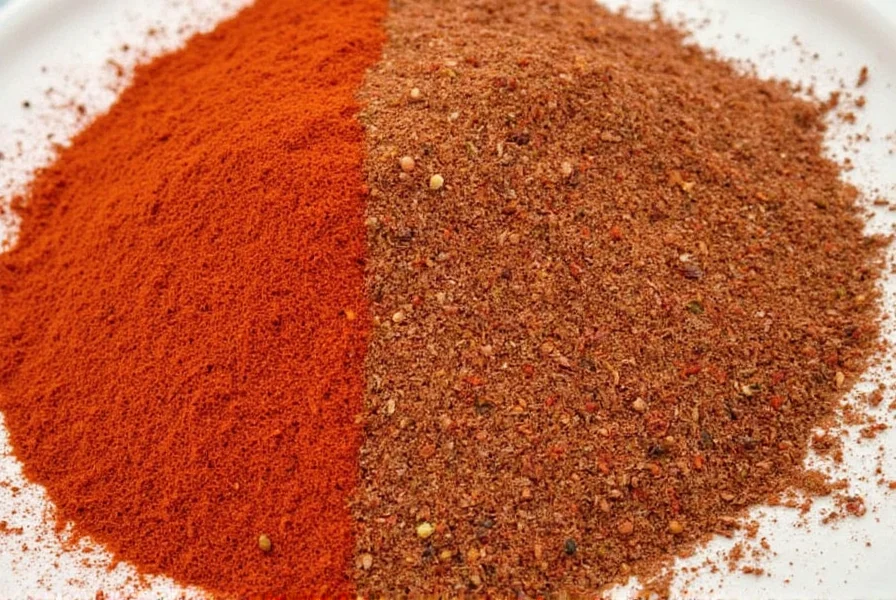
As you can see, the main differences lie in flavor, heat, and usage. Smoked paprika brings a bold, smoky character to a dish, while regular paprika offers a gentler, more subtle presence.
Practical Uses and Cooking Tips
Now that you know the basics, here are some practical tips on how to use both smoked and regular paprika effectively:
Smoked Paprika Tips
- Use it in meat rubs: Add a pinch of smoked paprika to your favorite BBQ rub for extra depth and smokiness.
- Enhance soups and stews: Sprinkle it into tomato-based soups or slow-cooked stews to boost flavor.
- Season roasted vegetables: Mix with olive oil and sprinkle over roasted bell peppers, eggplant, or potatoes.
- Try it in dips: Mix with Greek yogurt or mayonnaise for a smoky twist on tzatziki or aioli.
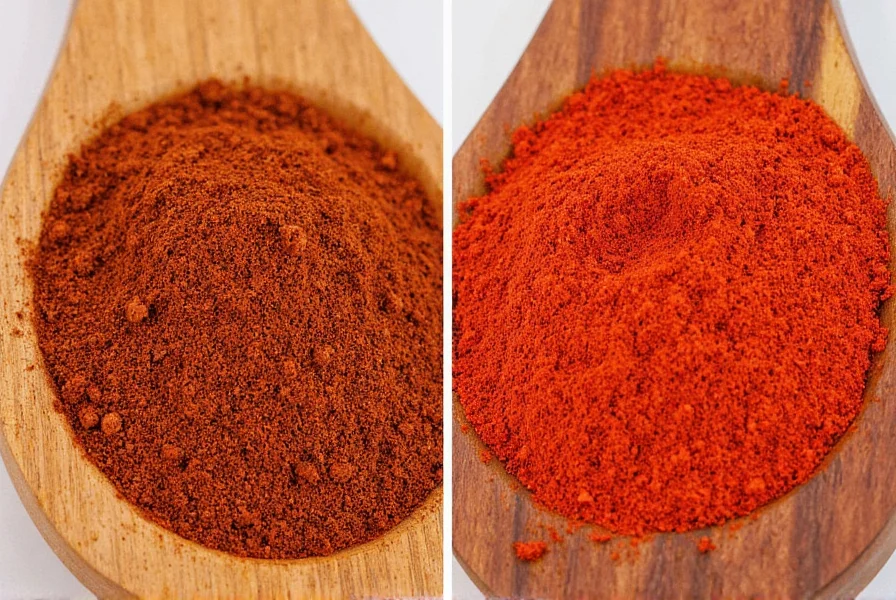
Regular Paprika Tips
- Add color to dishes: Use it in deviled eggs, potato salad, or scrambled eggs for a pop of color.
- Make a spice blend: Combine with garlic powder, onion powder, and cumin for a quick seasoning mix.
- Infuse oils: Heat up a little oil, add paprika, and let it steep for a flavorful base for dressings or marinades.
- Use in baking: Some recipes call for paprika in breads or pastries to add a hint of warmth and color.
Remember, when using either type of paprika, start with a small amount and adjust to taste. Both can easily overpower a dish if used in excess.
Buying Guide: How to Choose the Right Paprika
Choosing the right paprika depends on your culinary goals. Here's a breakdown of what to look for when shopping:
Smoked Paprika
- Check the origin: Spanish smoked paprika (pimentón de la Vera) is highly regarded for its quality and flavor.
- Look for the smoke level: Some brands label their smoked paprika as 'sweet', 'bitter', or 'hot' to indicate the intensity of the smokiness and heat.
- Consider the texture: Finely ground paprika is ideal for mixing into sauces, while coarser grind works well for sprinkling on dishes.
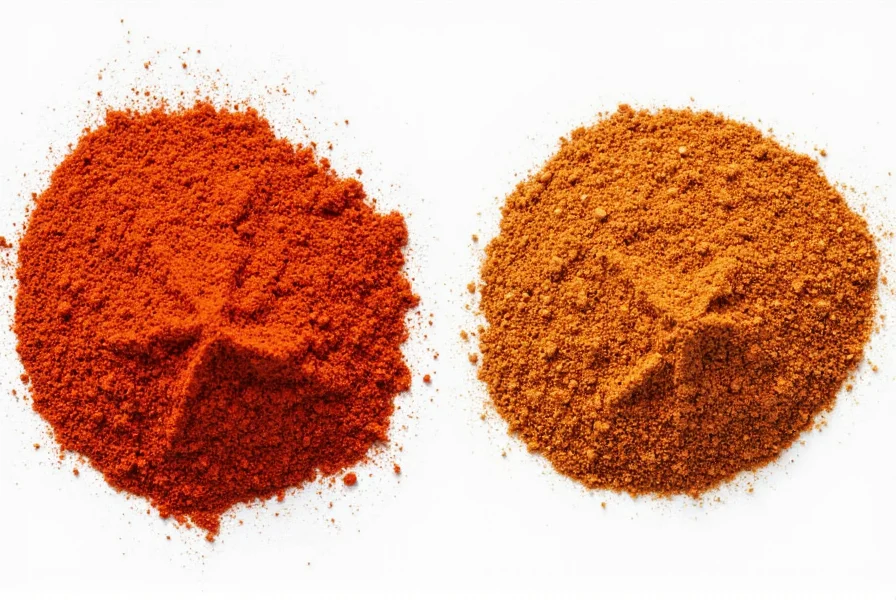
Regular Paprika
- Choose the right type: There are sweet, hot, and smoked varieties, so make sure you pick the one that matches your recipe.
- Check the freshness: Fresh paprika should have a bright color and a strong, aromatic scent. Avoid packages that are dull or musty.
- Opt for whole peppers: If possible, buy whole dried peppers and grind them yourself for maximum flavor.
Both smoked and regular paprika can be found in most supermarkets, specialty stores, or online retailers. Look for brands that emphasize quality, such as La Tourangelle, Penzeys, or McCormick.
Frequently Asked Questions
Can I substitute smoked paprika for regular paprika (and vice versa)?
Yes, but with caution. Smoked paprika has a distinct smoky flavor that regular paprika lacks, so substituting it will dramatically change your dish's flavor profile. If you need to substitute smoked for regular, use about half the amount to avoid overwhelming the dish with smokiness. Conversely, if substituting regular for smoked, you might want to add a pinch of chipotle powder or liquid smoke to replicate some of the smoky flavor, though it won't be identical.
Which paprika is hotter - smoked or regular?
Neither type is inherently hotter than the other. Both smoked and regular paprika come in sweet (mild), bittersweet, and hot varieties. The heat level depends on the specific peppers used and the product labeling, not whether it's smoked or not. Always check the package for heat indicators like "dulce" (sweet/mild), "agridulce" (bittersweet), or "picante" (hot).
How should I store paprika to maintain freshness?
Store both smoked and regular paprika in airtight containers away from light, heat, and moisture. A cool, dark cupboard is ideal. For maximum freshness, paprika should be used within 6-12 months of opening. You can extend its shelf life by storing it in the refrigerator or freezer, especially if you live in a humid climate. Properly stored, paprika will retain its vibrant color and flavor much longer.
Does smoked paprika contain actual smoke or is it artificial?
Authentic smoked paprika gets its flavor from a traditional smoking process where peppers are dried over oak or other wood fires for several weeks. This is not artificial smoke flavoring - it's the real deal. When shopping for quality smoked paprika, look for Spanish Pimentón de la Vera with Denomination of Origin labeling, which guarantees the traditional smoking process. Some cheaper imitations might use artificial smoke flavor, so check the ingredients list if you're concerned.
Can I make my own smoked paprika at home?
While challenging, you can approximate homemade smoked paprika. Roast red bell peppers and chipotle peppers over a wood fire (like hickory or oak), then dry them completely before grinding. However, authentic Spanish smoked paprika requires a specific months-long smoking process that's difficult to replicate at home. For most home cooks, purchasing high-quality store-bought smoked paprika is the better option for authentic flavor.
What dishes absolutely require smoked paprika vs regular?
Authentic Spanish dishes like paella, chorizo, and patatas bravas truly require smoked paprika for their characteristic flavor. Similarly, certain Hungarian dishes rely on specific paprika varieties. For everyday cooking, use smoked paprika when you want that distinctive smoky depth (in barbecue rubs, bean dishes, or roasted vegetables), and regular paprika when you need color and mild pepper flavor without smoke (in deviled eggs, potato salad, or cream sauces).
In summary, smoked paprika and regular paprika are two distinct spices that bring different flavors and textures to your kitchen. Smoked paprika adds a rich, smoky depth that works wonders in savory dishes, while regular paprika provides a milder, sweeter touch that's perfect for adding color and subtle heat.
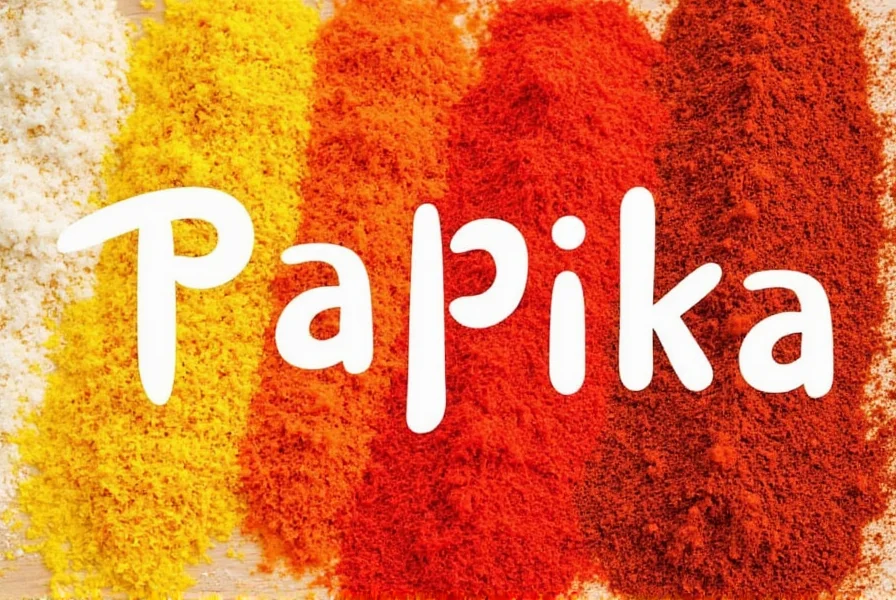
Understanding the differences between them allows you to make informed choices in your cooking. Whether you're preparing a hearty stew, a spicy salsa, or a colorful salad, the right paprika can transform your dish.

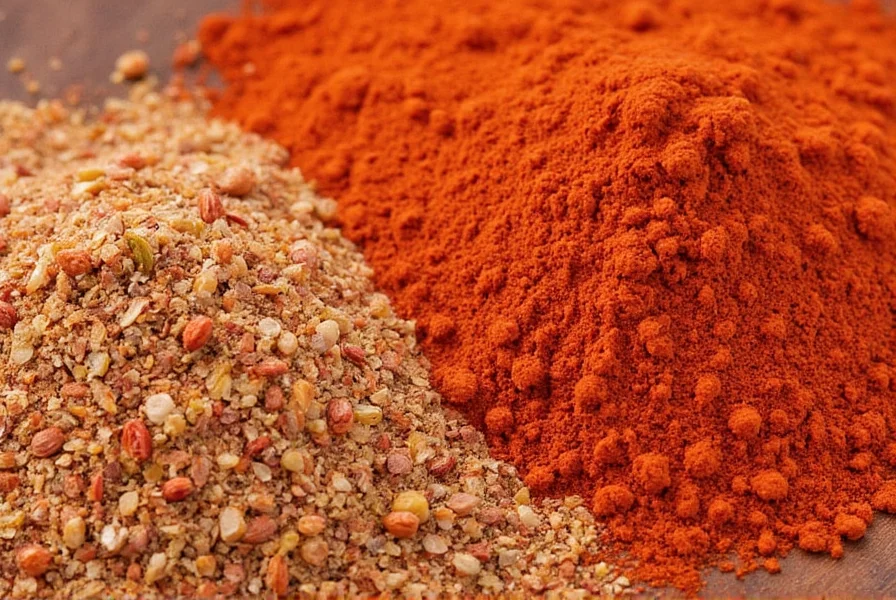









 浙公网安备
33010002000092号
浙公网安备
33010002000092号 浙B2-20120091-4
浙B2-20120091-4